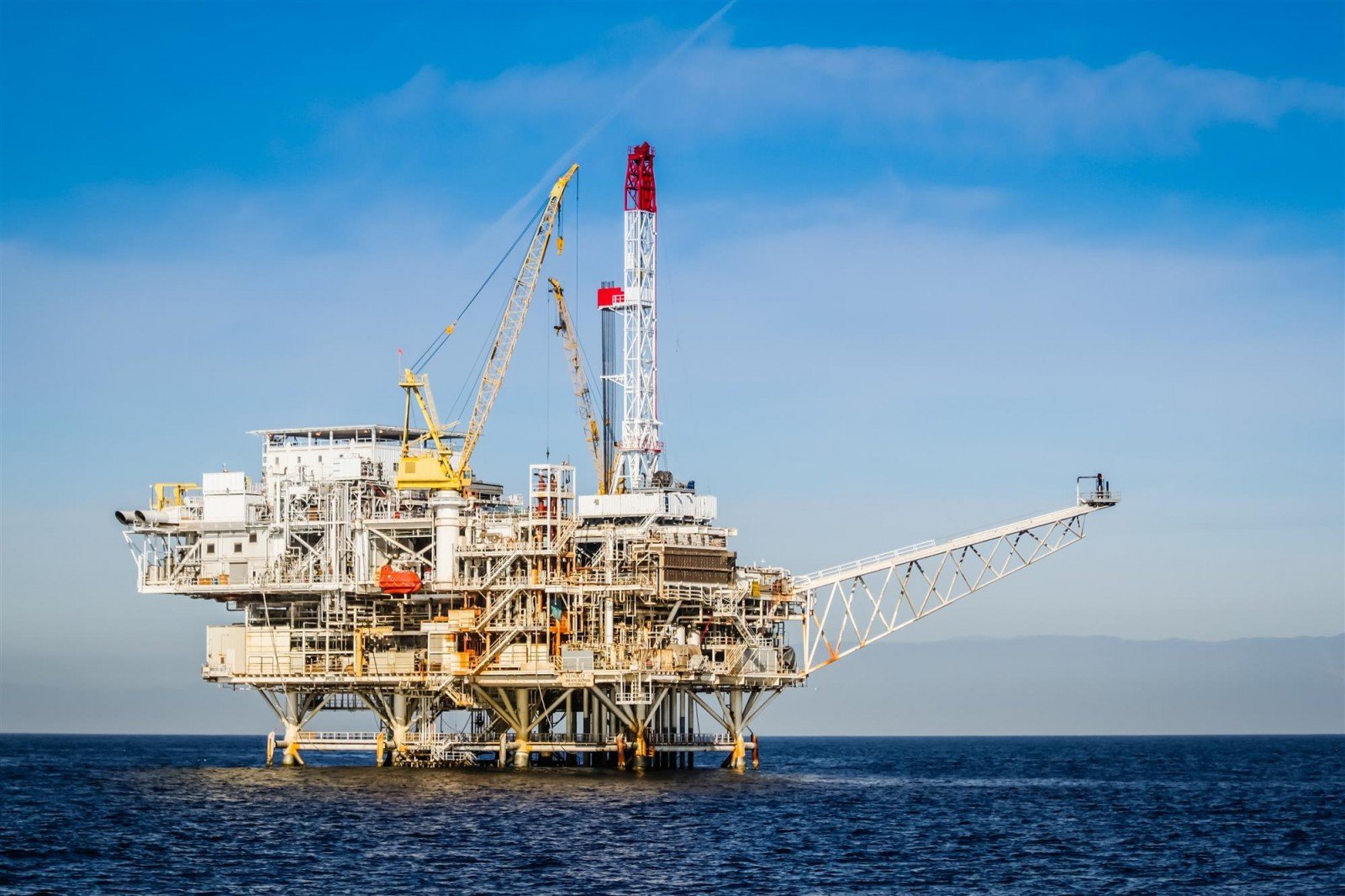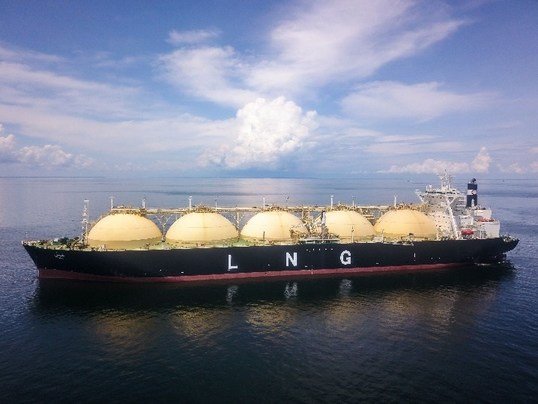The Remarkable Offshore Oil and Gas Industry
/Offshore production has been a major source of oil and gas worldwide for decades, and is a crucial part of the global energy system. The infrastructure required to operate offshore drilling platforms and associated equipment is expensive, complex, extensive and just impressive.
While the offshore infrastructure fulfills the same functions as onshore, and the problems to be solved are conceptually identical, operating in the ocean presents unique challenges such as harsh weather conditions, strong ocean currents, and the corrosive effects of saltwater.
Accordingly, the scale and complexity of the offshore infrastructure is far greater than onshore and the technology used to operate offshore is more advanced. Therefore, offshore infrastructure is more expensive to build and to operate. If the breakeven price for onshore is around $35 per barrel, it will be about $50 per barrel offshore. That ratio has historically stayed about the same even as the onshore breakeven price goes up or down.
The infrastructure for offshore drilling includes drilling platforms, rigs, subsea wells and subsea equipment used to locate and extract oil and gas from under the seabed. The platforms and rigs can vary in size and shape, ranging from small mobile rigs to large, fixed platforms.
These platforms are typically located in water depths of several hundred meters to several kilometers, and drilling is carried out using specialized equipment and technology. Over time, the depth of the water where these platforms are located has increased dramatically.
Once the oil and gas is extracted from under the sea bed, it must be processed and transported to onshore facilities or other destinations. This requires processing and transportation infrastructure, including pipelines, vessels, and other offshore equipment. The pipelines are incredible, to say the least. Situated underneath or on the seafloor or suspended in the water column, they are usually made of steel or flexible materials and are designed to withstand the harsh offshore environment of current and corrosion, and enormous pressure.
Tankers and barges are also used to transport oil and gas from the platforms to other locations. The vessel operations are a marvel of operational intelligence, and we will look at them more closely in a subsequent article. And of course, just like onshore oil and gas operations, storage infrastructure is crucial.
Storage facilities can be located on the platforms (for operational use, not for long term storage) or onshore at the pipeline or vessel destination. This is the most common approach in the Gulf Coast.
But in the North Sea, the United Kingdom has several offshore storage facilities, including floating storage units (FSUs) and floating production storage and offloading (FPSO) vessels. These remarkable assets are designed to store large amounts of crude oil for months or even years before they need to be emptied and the crude oil transported to onshore facilities. They play a critical role in managing the supply chain of offshore oil and gas production in the North Sea.
Offshore oil and gas production is truly global. Extensive operations exist around the world, including the Gulf of Mexico, the North Sea, the Middle East, and Southeast Asia. These regions have significant offshore reserves, and companies have invested heavily in developing the infrastructure necessary to extract and process these resources.
Safety and the environmental impact of offshore oil and gas infrastructure are of course a paramount concern. Deepwater Horizon will haunt this business for the rest of our professional lives, beyond a shadow of a doubt. And rightly so. Safety and environmental protection infrastructure for any offshore facility includes fire suppression, lifeboats, emergency response equipment, spill prevention and monitoring systems. In the wake of Deepwater Horizon, the International Association of Oil and Gas Producers has developed a set of global safety standards for offshore operations, and many companies have implemented even more rigorous safety and environmental management systems.
The offshore oil and gas industry is a remarkable feat of engineering, capital planning, advanced technology deployment, and intricate logistics mastery. All of this comes together for a global industry which for the most part operates profitably, safely and efficiently.






